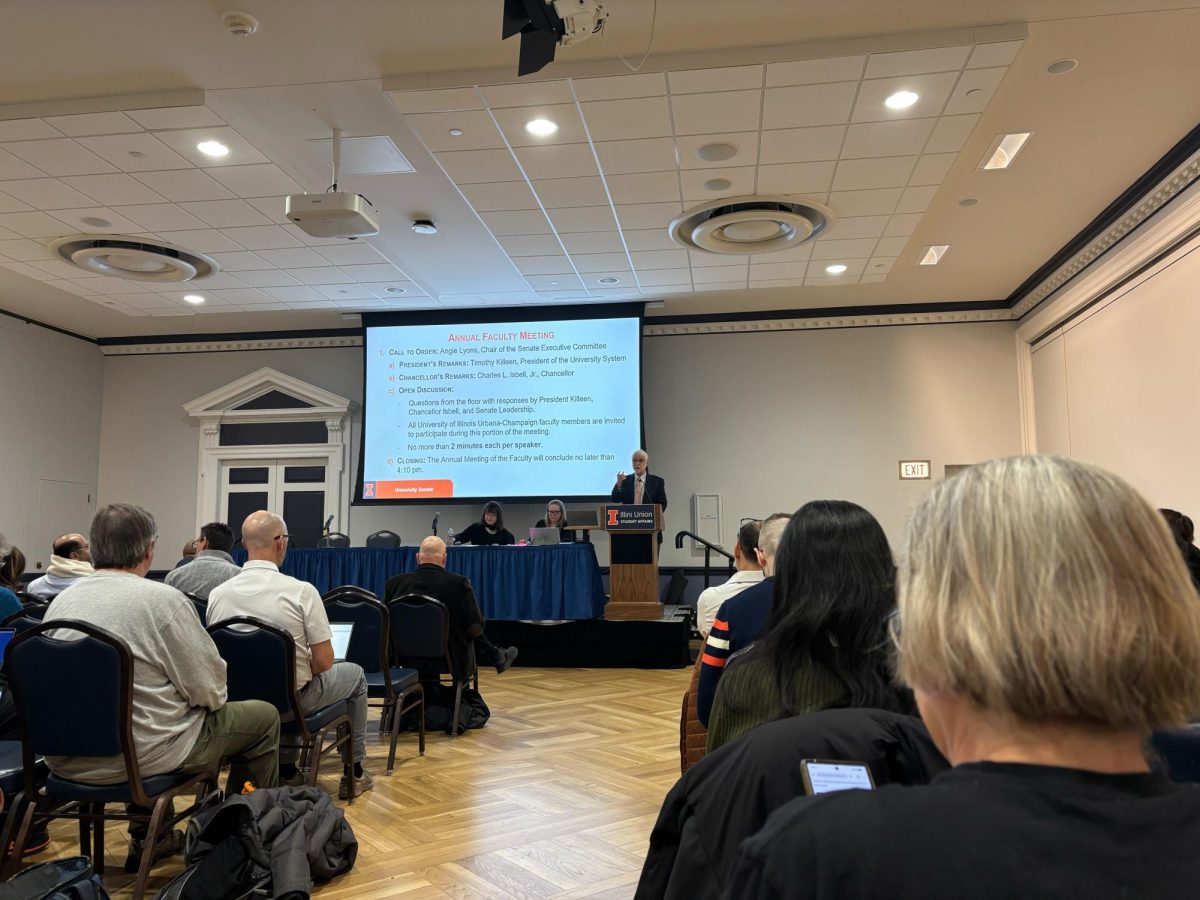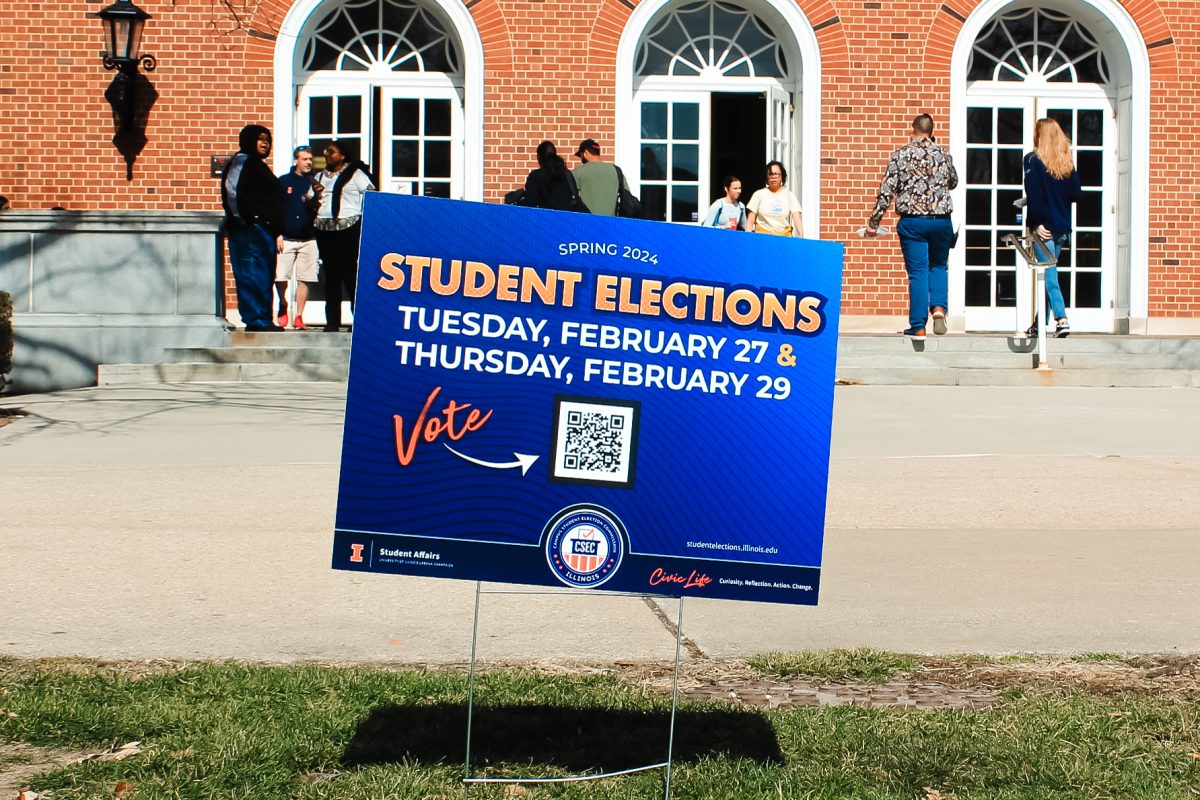Kindle: accessible but inconvenient
While the University said some aspects of the Kindle were accessible, the device is inconvenient for users with disabilities. Some argue that the Kindle does not have an accessible navigation system for people with disabilities.
“You have to be able to see in order to use the device,” said Mona Heath, the University’s deputy chief information officer. “Once you can get to the place where you can select the textbook you’re interested in, the device can read aloud the textbook to you; but they just need to make it so that their menus and their navigation aid can be read aloud as well.”
Without the Kindle as a reading aid, students with disability at the University use other programs, including Kurzweil, a reading program that is already loaded on every CITES computer on campus.
Angela Anderson, supervisor of the accessible media office at the division of Disability Resources and Educational Services, or DRES, said next fall, the University will begin using a conversion program called Digital Accessible Information System, or DAISY, to convert e-books from text to speech.
Get The Daily Illini in your inbox!
“There are not many schools doing DAISY production,” she added. “Actually we’ve got the software to produce DAISY, but we are not now.”
The University is not using DAISY because the number of students who use text-to-speech conversion programs doubled this semester.
“We had 31 text conversion students, and then we went up to 62 in a matter of a couple of months,” Anderson said. “We weren’t able to transition to a new work flow.”
The University is part of a consortium that provides a wealth of electronic books. Anytime a student with a disability needs a book, DRES checks its archives to see if that book had already been converted.
“We can check and see if another university has converted the same book,” Anderson said. “And we can get the book from them if we follow some guidelines that the publishers want us to follow to make sure we’re compliant with copyright law.”
Once DRES has exhausted those resources, it goes to the publisher and asks for an electronic copy, she said. Students essentially submit a receipt to prove that they paid for the printed textbook. In exchange for the receipts, publishers send electronic versions of the textbook and DRES makes the books accessible to students with disabilities.
“We have to have a document on file in our office (and) a contract that every student signs saying that they realize that those files are only for their use,” Anderson said. “They can’t share them with anyone. They can’t post them online no matter what.”
Publishers are aware that people may misuse the electronic copy, which jeopardizes the copyrighted text, but Anderson said major publishing companies trust the University with their e-books.
She said publishers such as Cengage, Apprentice and Pearson send her electronic copies of textbooks after she purchases them.
“The Americans with Disabilities Act trumps copyright laws,” Anderson said. “We have to convert the materials for the students. We’re mandated by federal law to make the book accessible.”
Students with disabilities have limited access to textbooks when publishers do not provide electronic copies of books that are already converted into word processing documents. DRES buys the printed textbooks and cuts the binding, so the text can go through optical character recognition, or OCR, software.
“Print is a highly inaccessible medium,” said Brad Hedrick, director at DRES. “In order to make print accessible, it takes hours and hours of work to scan the materials through OCR software that will convert back to electronic text that can be read by a screen reader.”
He added that the text can be converted to other formats such as MP3 or Braille.
Hedrick said editing takes time because most textbooks are not long strings of texts on a page. Instead, they are organized with blocks of content and graphic designs.
Buying a textbook to convert the pages into DAISY is time and labor intensive, Anderson said. She added that it costs between $500 and $800 to convert each book into an e-file.
The cost of electronic books is much less than the cost of print books, and portability and storage are much better in digital media than in textbooks, he added.
“If you were going class-to-class and all you had was this little 12 oz. device as opposed to several pounds of textbooks, it would be advantageous to you,” Hedrick said. “And if people design it (correctly) it would be beneficial to students with disabilities.”
Who is affected
Brad Blair, a graduate student who is visually impaired, is a teaching assistant in the Germanic Languages and Literatures at the University. He said he combats the issue of accessibility on computers every day. He has installed voice output software called Job Access With Speech, or JAWS, onto his laptop, which allows him to listen to the electronic version of his German textbooks and prepare for his lectures.
“From what I have seen, most of the people that are blind that I know use JAWS for their day-to-day computer needs, including file reading and book reading,” Blair added.
He said the electronic version of his textbook, or an e-book, is converted into a Word document. He added that he can easily scroll through the text as the screen reader feature reads aloud the e-book.
Some publishers provide e-files that are not compatible with JAWS, such as PDF files. The PDF format is highly inaccessible because users of screen readers have difficulty figuring out where a section of the text begins and ends, Blair said. Markups on the text indicate where subheadings are, but the graphics or text boxes are harder to read.
Blair said a PDF is frustrating to read because there’s no way of knowing what section the text belongs in.
Students with hearing disabilities also need to use technology differently. Robert Radtke, junior in LAS, ran into problems in a few classes where the instructors did not add captions to class videos, despite the Illinois Information Technology Accessibility Act that requires video captioning.
“I had one class where (they showed) mostly movies. Even though the movies weren’t really being tested on, she regularly shows movies in class,” Radtke said. “So I just sat out on half the lecture because she doesn’t have them captioned.”
Supervisor of the accessible media office at the division of Disability Resources and Educational Services Angela Anderson said instructors are frequently videotaping their lectures and posting them online. She added that these videos, as well as videos shown during class, do not always have captions.
Three people in her office helped Radtke read online lectures by working with transcripts and posting video clips with captions, Anderson said.
This semester, Radtke is not taking a class that shows videos. He still works with interpreters who communicate in sign language, and said his interpreter changes depending on classes.





